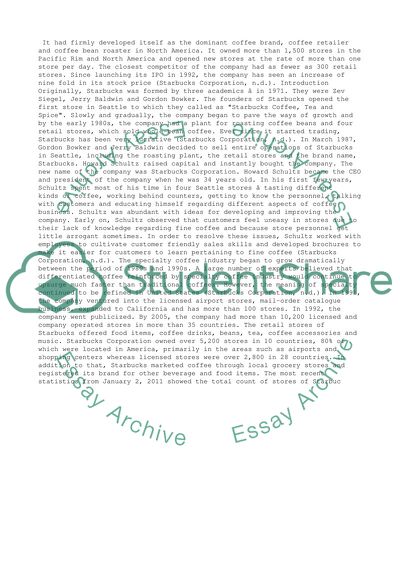Cite this document
(“Lysons and Farrington (2006) propose that at least three drivers have Essay”, n.d.)
Lysons and Farrington (2006) propose that at least three drivers have Essay. Retrieved from https://studentshare.org/business/1474879-lysons-and-farrington
Lysons and Farrington (2006) propose that at least three drivers have Essay. Retrieved from https://studentshare.org/business/1474879-lysons-and-farrington
(Lysons and Farrington (2006) Propose That at Least Three Drivers Have Essay)
Lysons and Farrington (2006) Propose That at Least Three Drivers Have Essay. https://studentshare.org/business/1474879-lysons-and-farrington.
Lysons and Farrington (2006) Propose That at Least Three Drivers Have Essay. https://studentshare.org/business/1474879-lysons-and-farrington.
“Lysons and Farrington (2006) Propose That at Least Three Drivers Have Essay”, n.d. https://studentshare.org/business/1474879-lysons-and-farrington.


